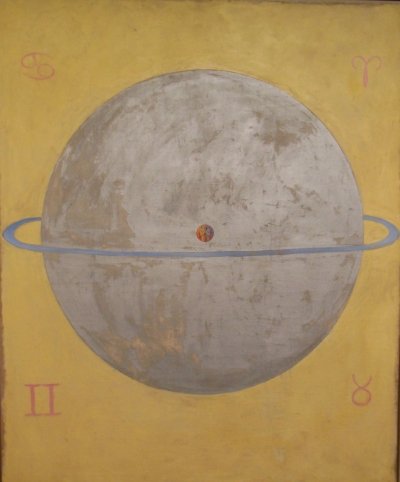What name should they be given? As for the first planet, discovered in 1781, a giant gaseous body sixty times the size of earth but smaller than Saturn and Jupiter, the astronomical community finally settled on the name of Uranus, thus staying within the Ancient Greek pantheon of gods. Being the primordial god he was father of Cronus (Saturn) who was father to Zeus (Jupiter), who in turn was father to Ares (Mars), Aphrodite (Venus) and Hermes (Mercury), thus conforming to the logic of the genealogical lineage.
In 1848 a second trans-saturnian planet was detected, in size close to Uranus. Neptune became the internationally accepted name. Neptune was the god of the sea and brother of Jupiter.
A third planet was discovered in 1930. It was named Pluto, getting ifs name from the Roman god of the underworld, being also a brother of Jupiter. Alternative names had been proposed, like Herschel, Verrier and Percival, thereby honoring the discoverers of the new planets. But mythological reference won out over these and other proposals.
But for astrologers that should prove to be a mixed blessing.
The three outer planets are drawn on the right (7,8,9)


